
Luthier Tim Reede Interview for news in 2024
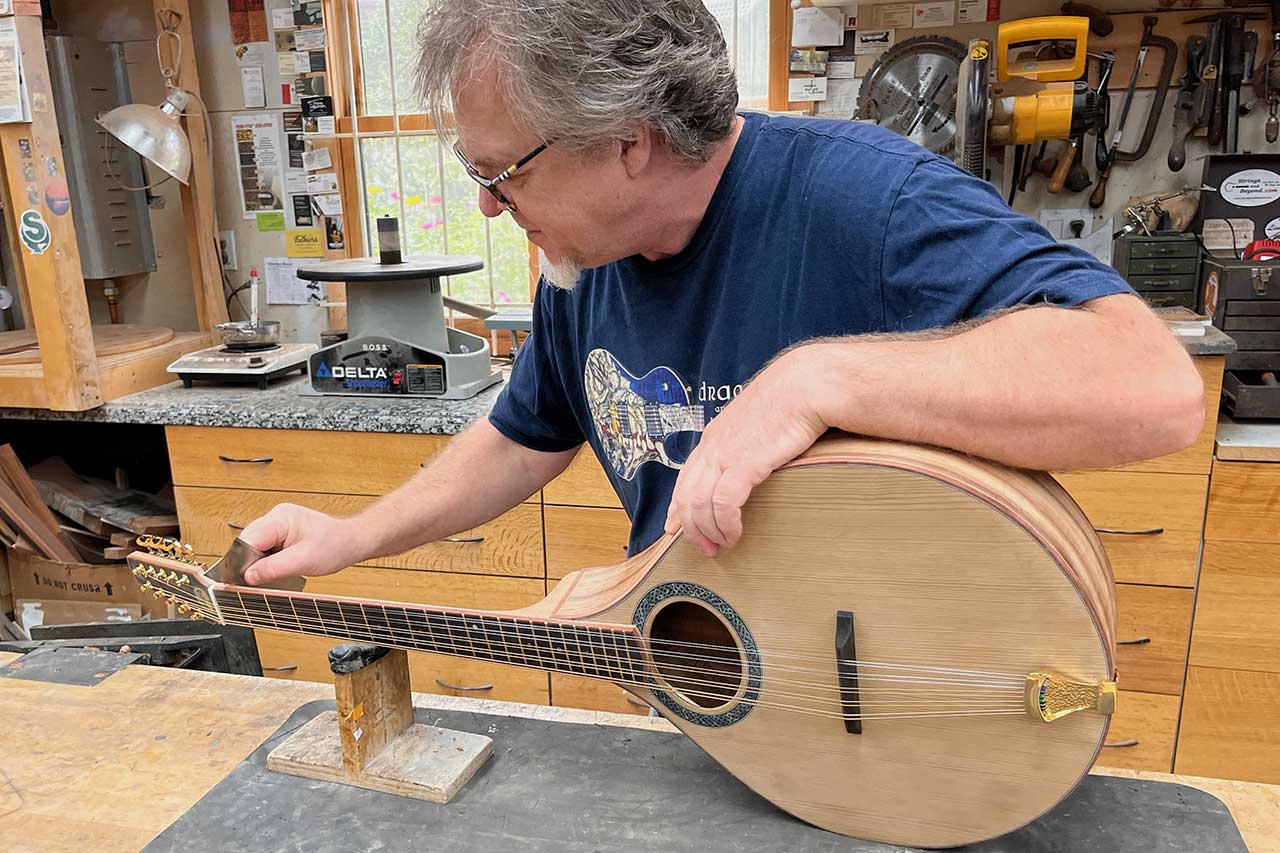
Luthier Tim Reede Interview for news in 2024
Luthier Tim Reede Interview for news in 2024
Hi Tim, I’m delighted to come back for another interview and to hear from you again.
1) You recently told me that your focus has turned towards mostly acoustic instruments now. Can you tell our readers why?
I have always enjoyed building acoustic instruments more than solid bodied guitars. The acoustic guitars, mandolins, ukuleles, or citterns are much more challenging in the woodworking and engineering aspects. I enjoy that. When I do make a solid body electric guitar of my own design, it usually involves chambering, carve-tops, lighted side dots, etc. So I try to add more “craft” to the instrument. Still, I find the acoustic is more rewarding.
I still do some fun solid body electric guitars, but I don’t have them on my website anymore.
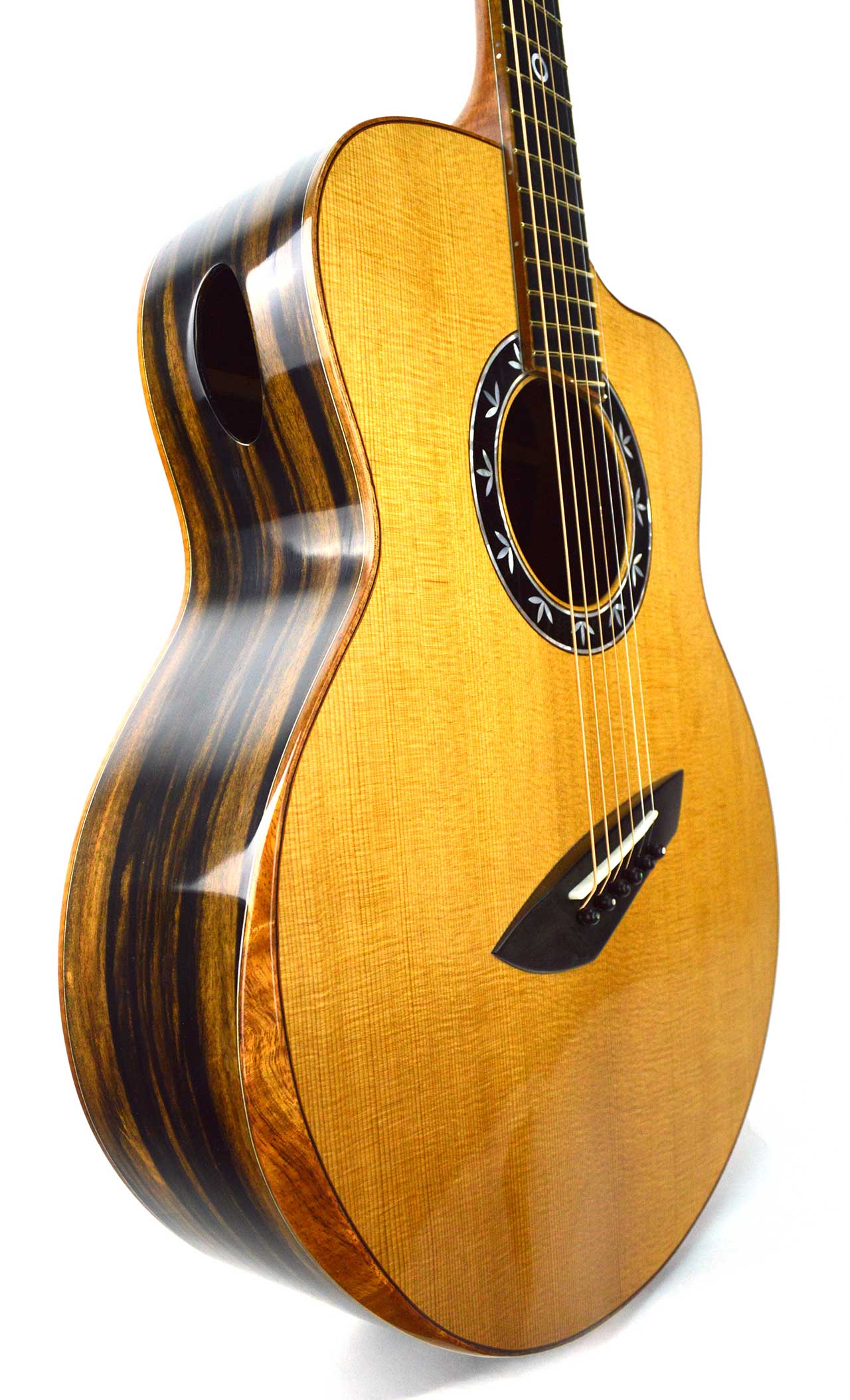
2) How did COVID change the world for yourself?
For me COVID changed two things involving lutherie. The first was that the lutherie school where I teach shutdown temporarily like most schools. There was no way that we could switch to remote classes. Our program is very hands-on, and it needs to be that way. I suddenly found I had much more time on my hands. Most everyone did. Many people were finding new activities to do when being at home. For me orders for custom made guitars surged. Another thing that changed was that all guitar shows were canceled, and I was a regular participant at many.
When the school reopened, COVID was still a big concern. We all wore masks, washed with sanitizer, kept six foot distance, and anyone testing positive would need to quarantine for fourteen days. Missing fourteen days of content could mean failing for students, so we would video record all of the lectures and students could catch up when they came back to class. Anyone who was out sick could get extended time to complete projects. But we really had very little COVID on our campus.
School is back to normal now, although we continue to have a library of video lectures that students can access.
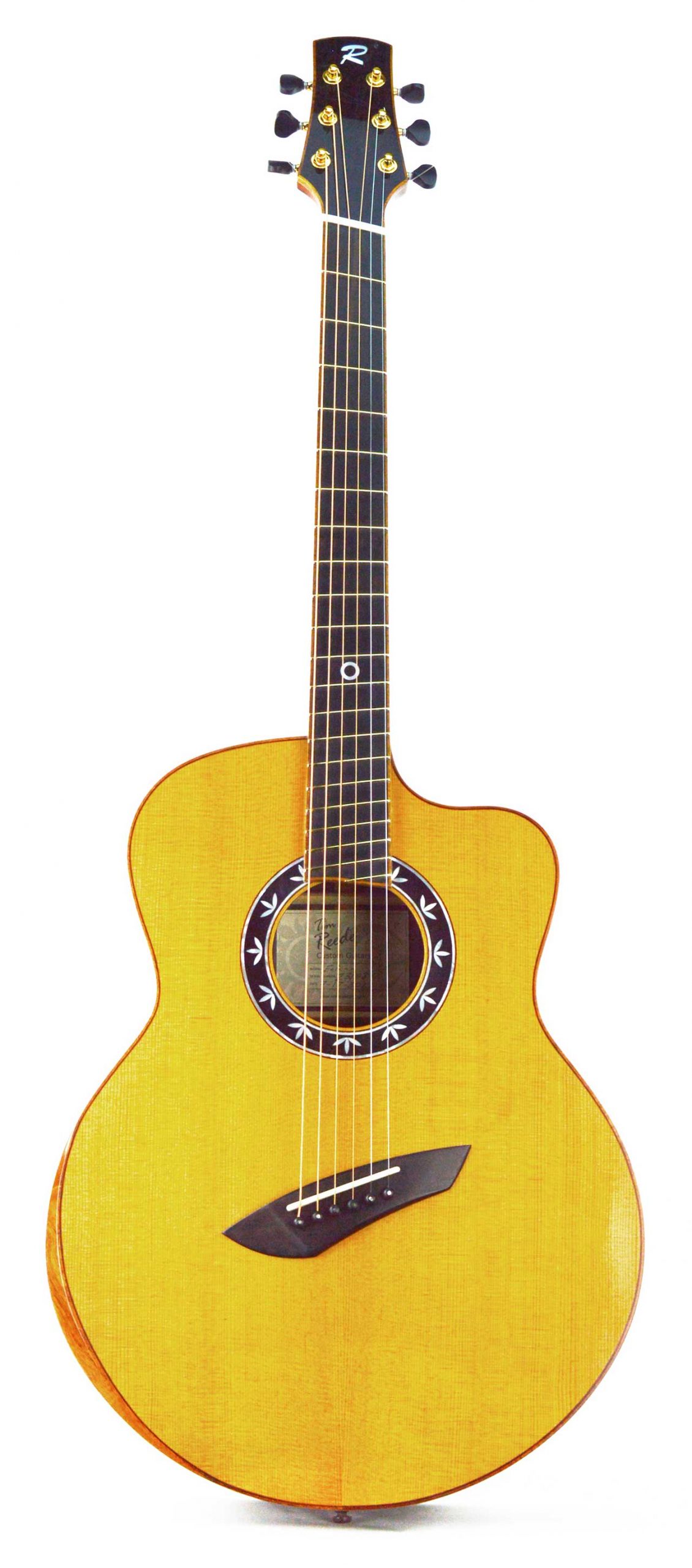
3) Can you tell us what you consider to be the most important thing when you design a guitar? What is your process of creation and how does it often start?
There are so many considerations. For instance, I recently designed a new Cittern model. This was a special request by a client. So I spent time talking to them about what they wanted. We measured many instruments that they owned to find a good scale length, nut width, neck thickness, the string gauge, tuning, and some aesthetic choices, including the inlays and wood choices. Once I knew where we were heading, I needed to research how to make an instrument with those specs that would be comfortable, withstand the string tension and sound good. The instrument would be the size of a bouzouki, (17 inches across) but it would have ten strings, and the scale would be 25.5 inches, much like a guitar scale. The instrument would have a tailpiece so all string pressure would be only pressing down on the bridge. The bridge height and neck angle was a consideration so there would be good pressure, but not too much for the bracing to handle. For the bracing I chose a combination X brace with lattice bracing, this would be light but also have good strength. On the headstock end, I was concerned that ten tuning machines on a relatively small bodied instrument would become neck heavy, so I chose lightweight Gotohs and a compact headstock shape. On this instrument I also wanted to use a new neck joint design, making the neck easily removable and adjustable.
Being a totally new design it seemed like a good place to introduce that.
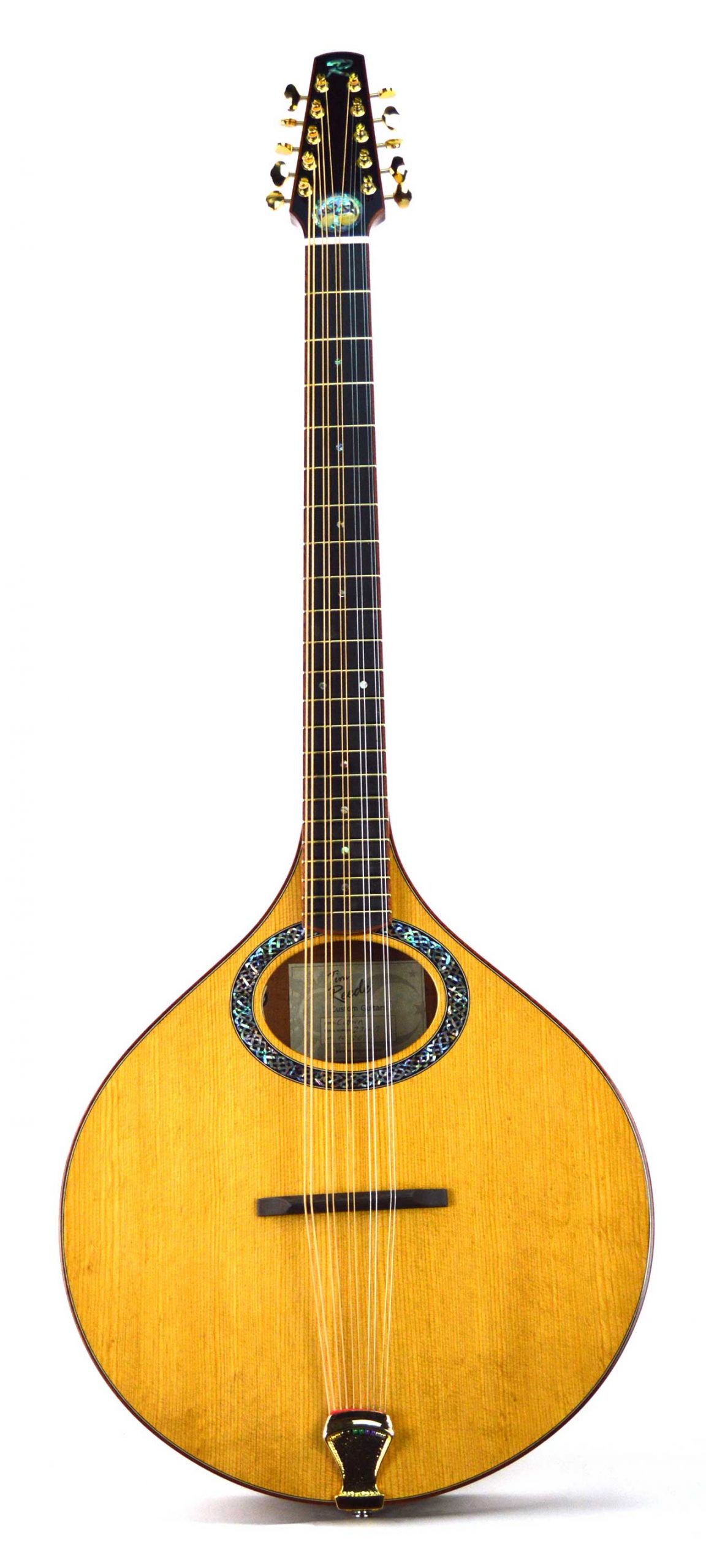
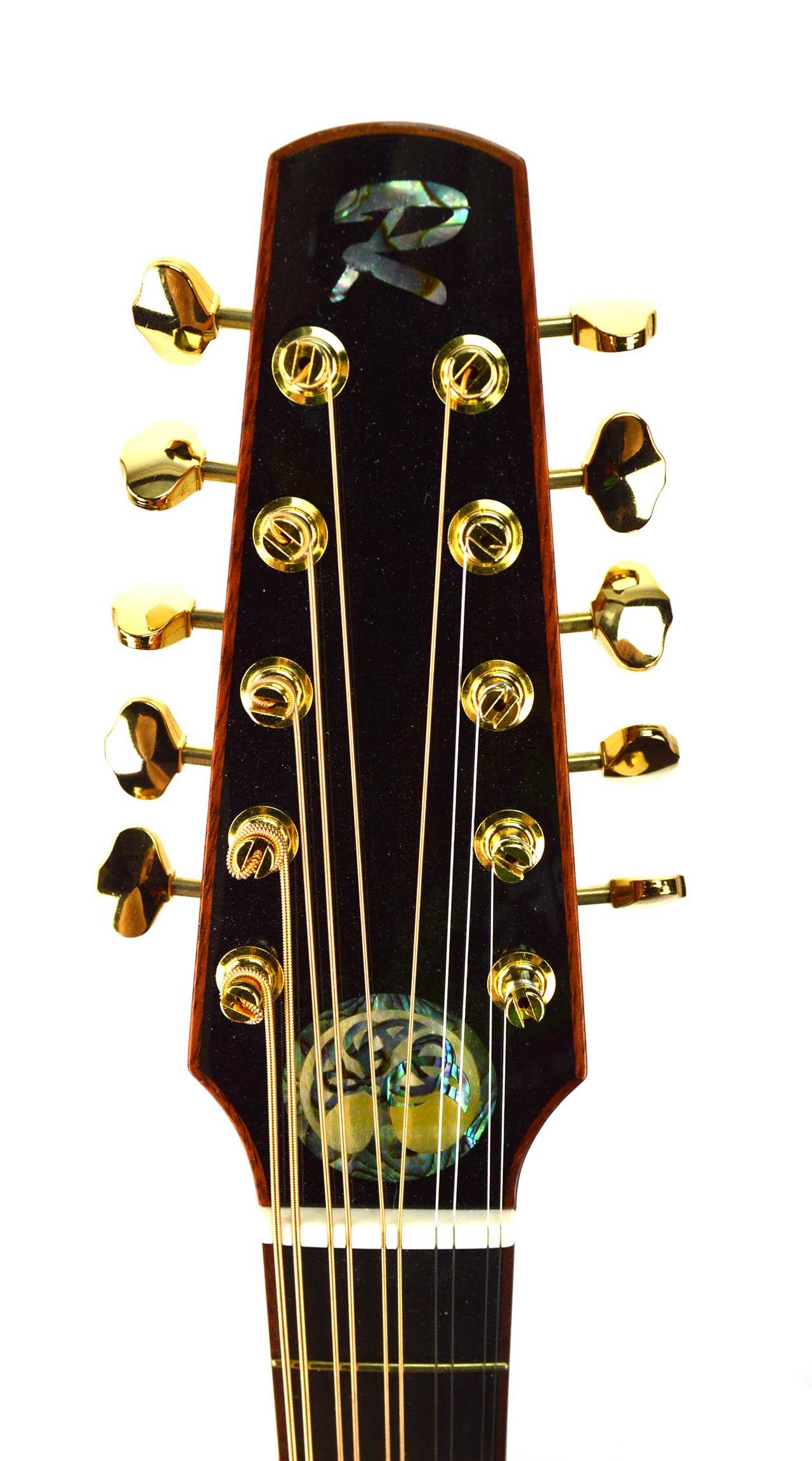
Luthier Tim Reede Interview
4) Can you present us with your flagship models ?
If I had to choose a flagship model it would be the Falcon. It is mid-size but with a deeper body. It is great for finger-style playing. It can be ordered with many great features. It is almost always a multi-scale instrument with a cutaway, an arm bevel and side port. I have made the Falcon without multi-scale or without a cutaway or arm bevel, these are choices for the customer to decide.
Another popular model is the Nomad. A great all around guitar but with a body less deep than the Falcon.
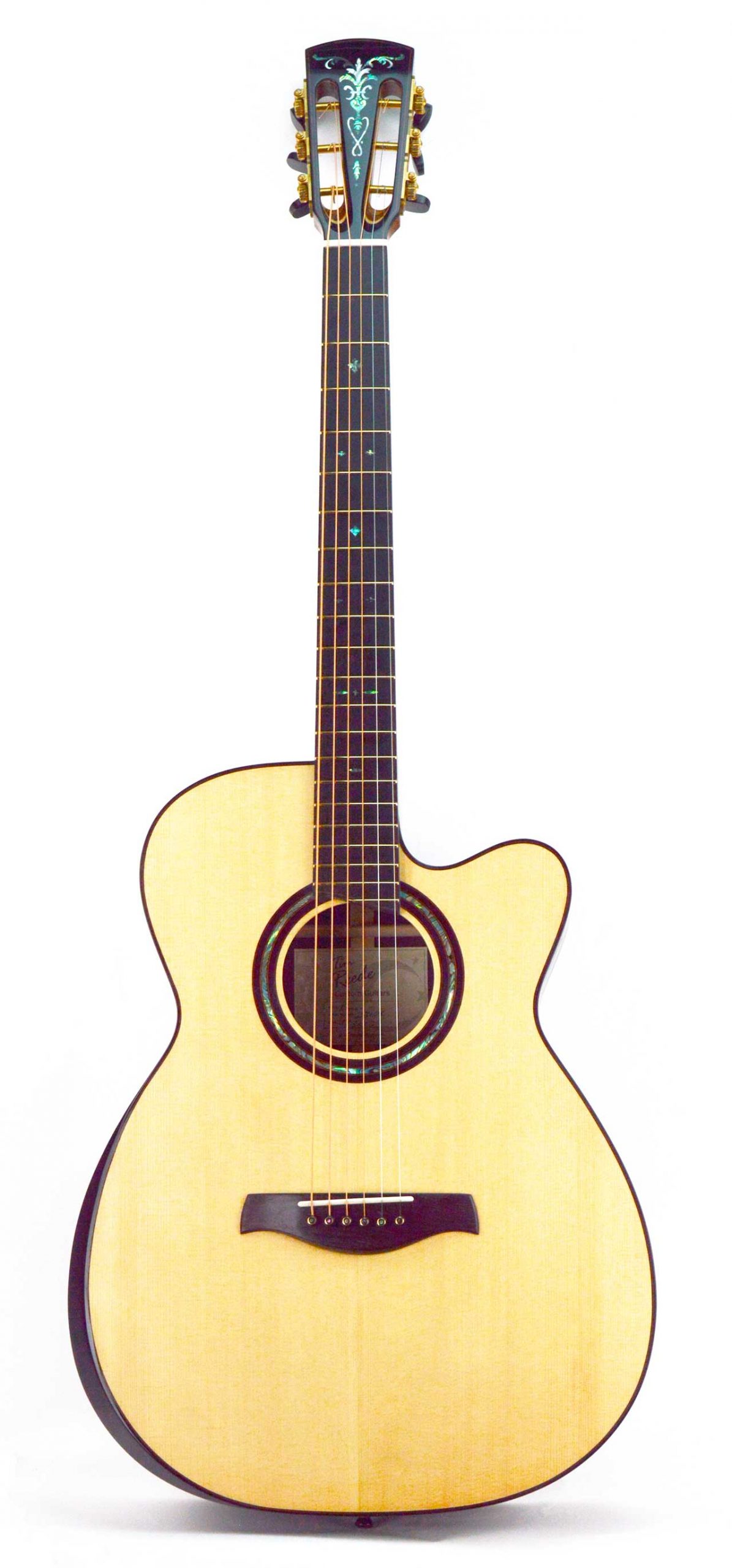
5) According to you, what is the most impactful thing in the instrument sound? The woods? the building technique? What should a buyer ask for when they want to be sure they are ordering the right instrument?
For an acoustic instrument the body size will impact the sound most. A larger air chamber will give more low end response. A shallower body can add more focus to the sound. Body depth can be a comfort issue for some people. A cutaway will reduce the air chamber and the soundboard size so this can effect the voice as well. I recommend that if a player does not play up the neck they should avoid a cutaway option. The demi-cutaway can be a good compromise by giving access to upper frets while still maintaining more of the air chamber size.
The wood choices will definitely influence the sound of the acoustic instrument. Most of us are familiar with the differences between the rosewoods and mahogany. Mahogany being more dry and mid-range focused and rosewoods having a wider dynamic range and have more sustain. So these factors can be important for different styles of playing. The modern finger-style player would probably prefer a larger bodied rosewood sounding guitar because they are playing bass parts as well as sparkly melodies. For a more traditional blues tone or someone playing with a small combo, a mahogany may be preferred for its cutting mid-range quality.
Nowadays, there are many outstanding alternative tone woods.
I think woods like bubinga, morado, Malaysian blackwood and padauk can be great choices.
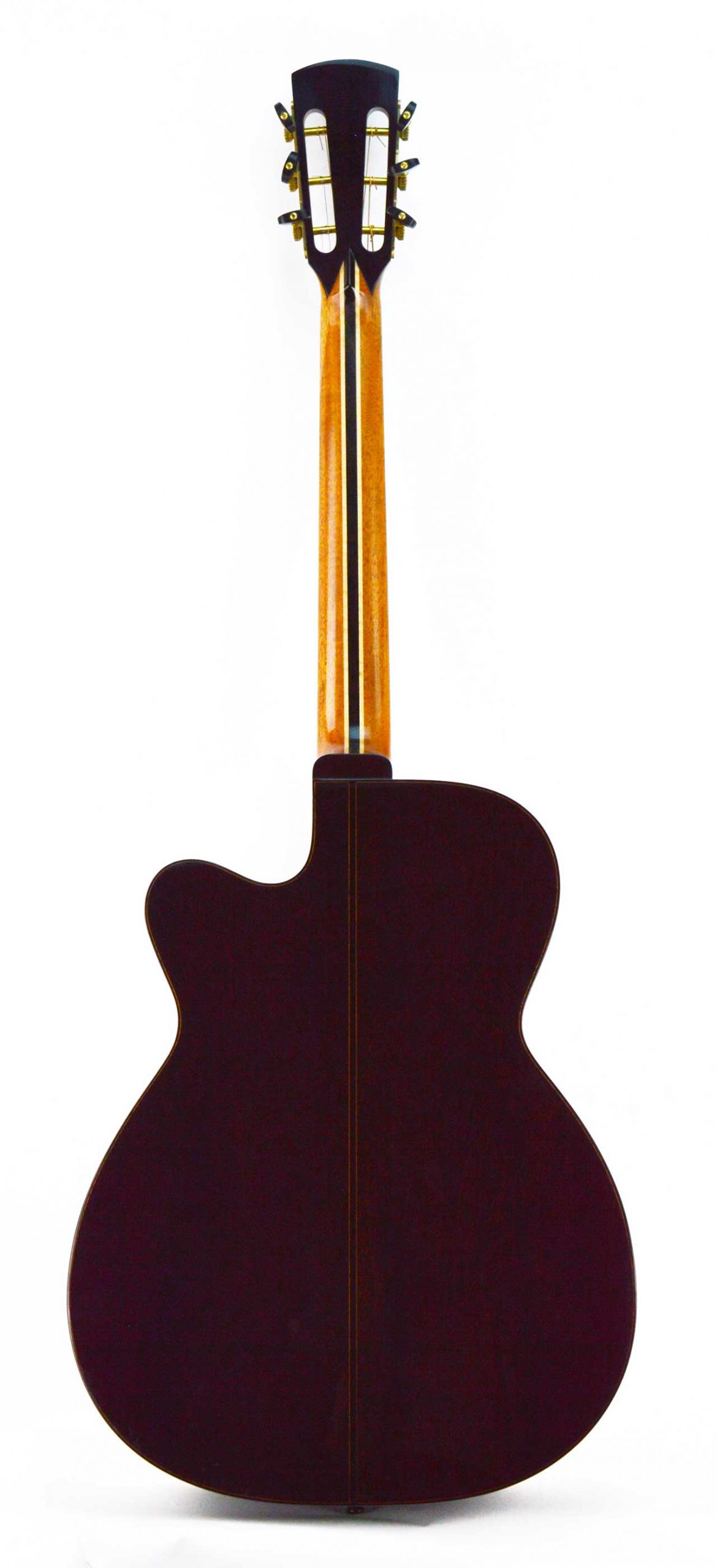
Luthier Tim Reede Interview
6) For a custom instrument, can you explain your process? What are your average delays? And how do you advise your customer? What questions do you ask them so that their instrument is perfectly adapted to their expectations?
There are many reason why a person will order a custom guitar. So the my first goal is to determine what is their motivation. Are they going in a new musical direction and need an instrument that helps them with the sound that they are after? Are there ergonomic reasons that are not satisfied by their current instrument? Is it time to upgrade to a professional quality instrument? Do they want a one of a kind instrument that is personalized for them? Once I understand that, it can lead to a conversation about scale length, nut width, body size, electronics, etc. Then I often know a model and some wood ideas to suggest. Later we can talk about the decorative details. It really doesn’t take long to get a good idea of where we are going. The small details take the most time, but that is usually the fun part of the design process.
We often spend quite a bit of time on that, designing and proposing inlay ideas with rendered drawings.
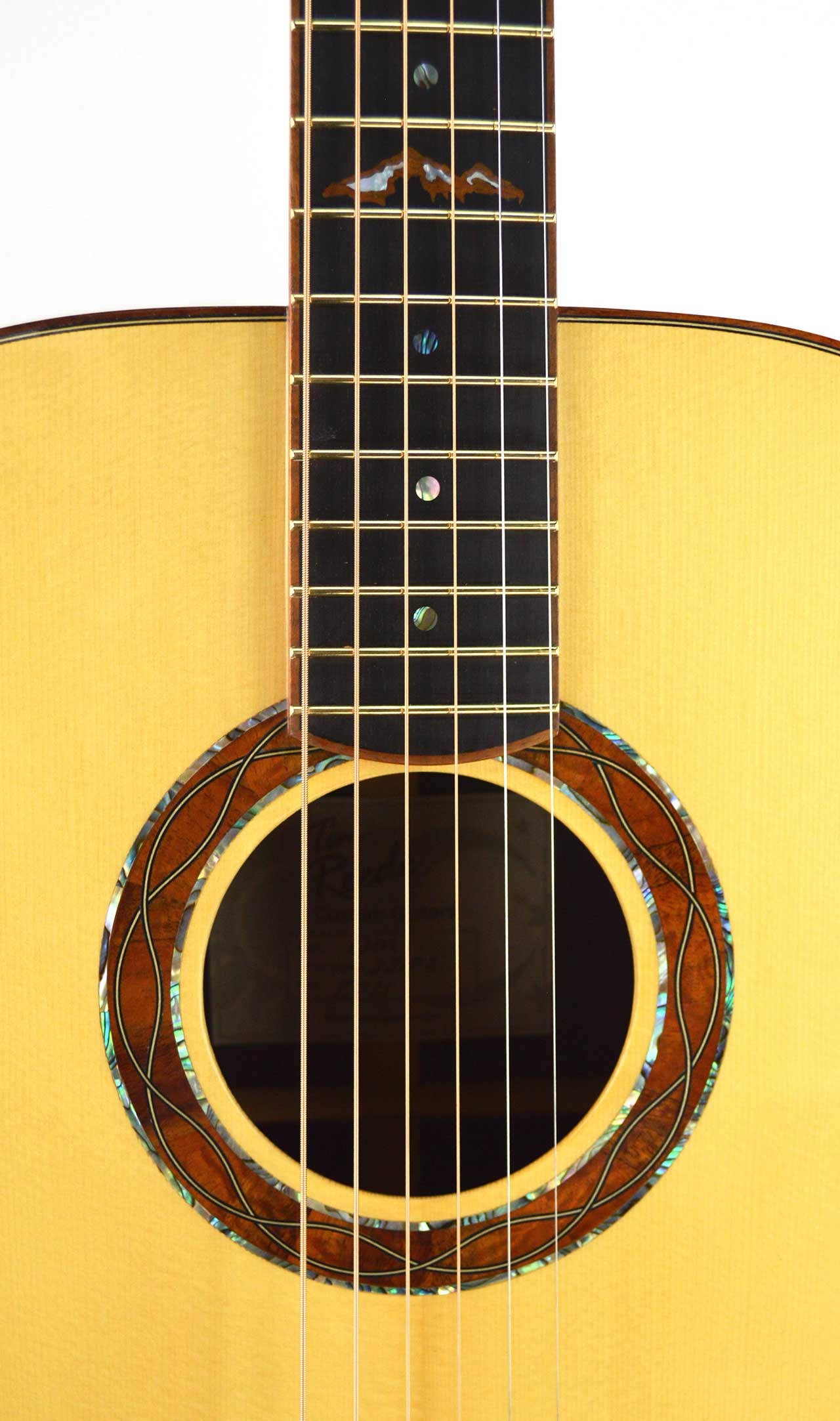
7) Do you have famous musicians playing your instruments? If so, can you tell us who?
Tim Sparks might be the most famous player of my guitars that I am aware of. He plays an Alouette, my archtop model. Tim is a US finger-style champion and he is supporting a new recording with Ben Abrahamson and Ted Olsen called “Lost and Found”. He just finished a tour in Germany and Italy.
Sam Breckenridge is another outstanding finger-style player who uses the Monterey, my multi-scale jumbo model. He may be more famous in some circles. He recently released his third recording that was produced with Antone DuFour called “Into the Dark”. He has had five videos on the Candyrat channel.
Dan Schwartz is another outstanding guitarist who plays solo and with The Neighborhood Quartet. Dan plays the Librada model and my electric guitar called the Apollo.
Dan has many recordings out, and The Neighborhood Quartet have an outstanding new recording available.
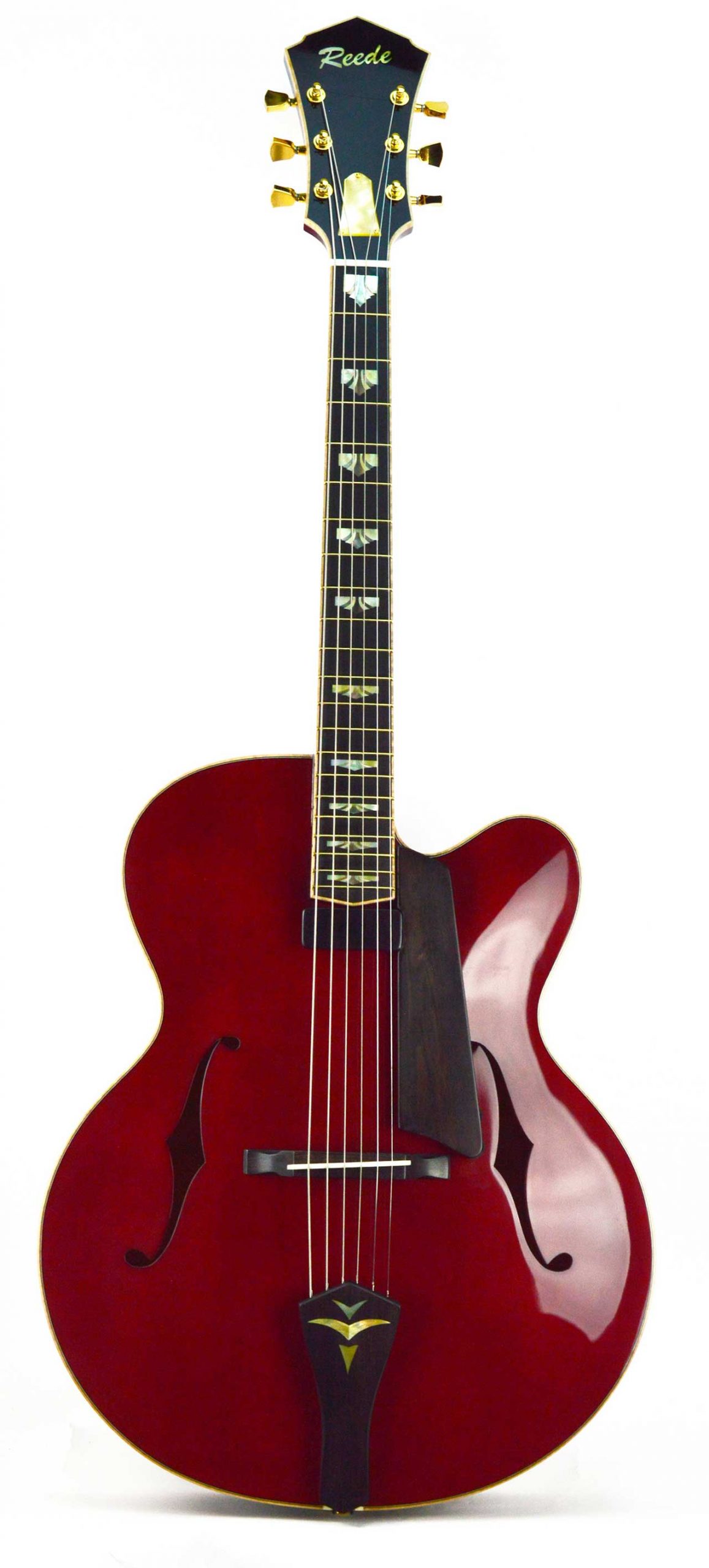
Luthier Tim Reede Interview
8) Do you still repair instruments or do you only concentrate on making instruments?
Occasionally I will do repair work, but I don’t have much time for that.
Between teaching and making custom instruments, my time is filled.
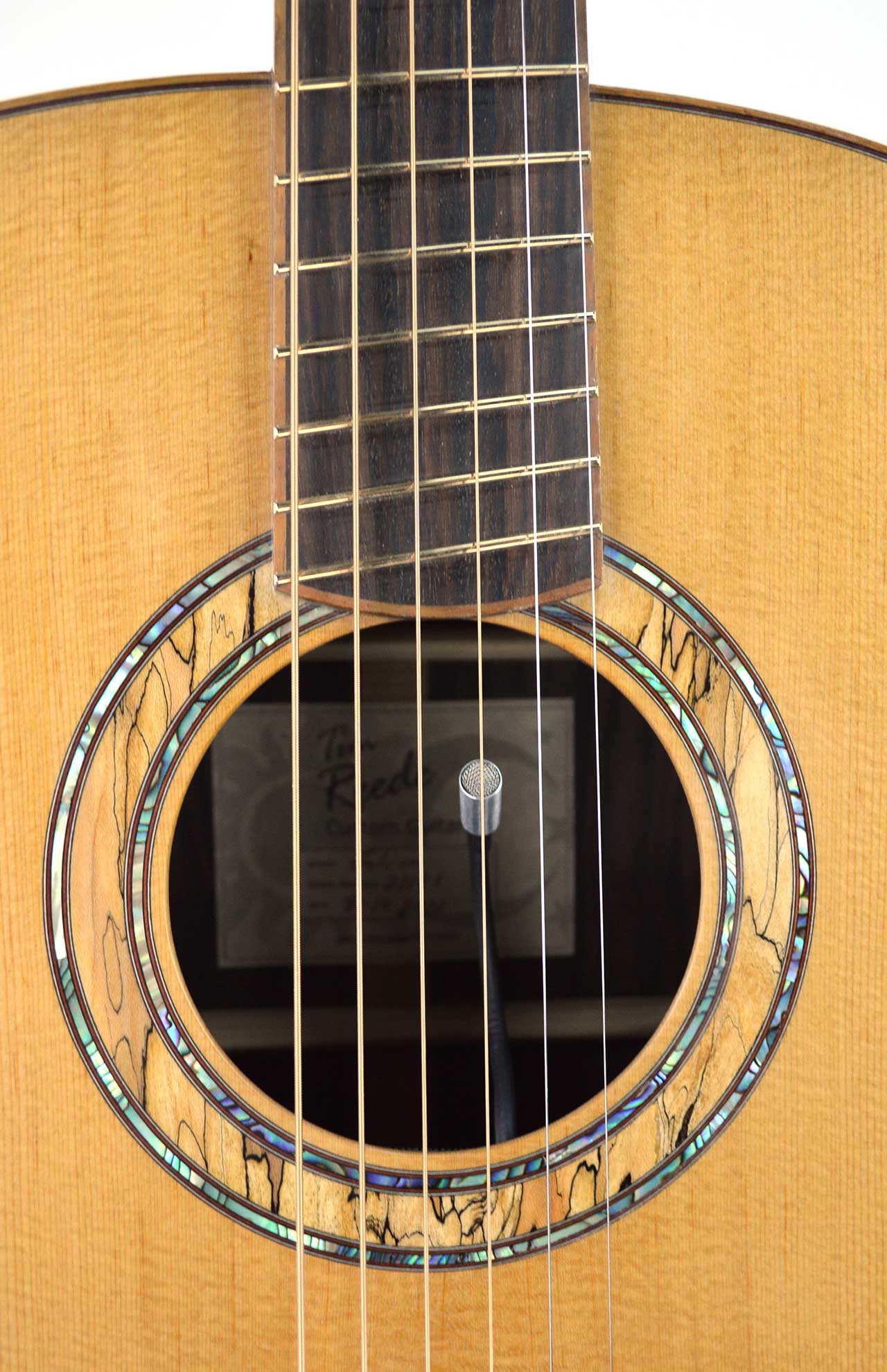
9) Luthiers.com brings together luthiers from all over the world. According to you, how is US lutherie different?
Every luthier has different methods, but I don’t know if there is much difference between luthiers based on geographic location.
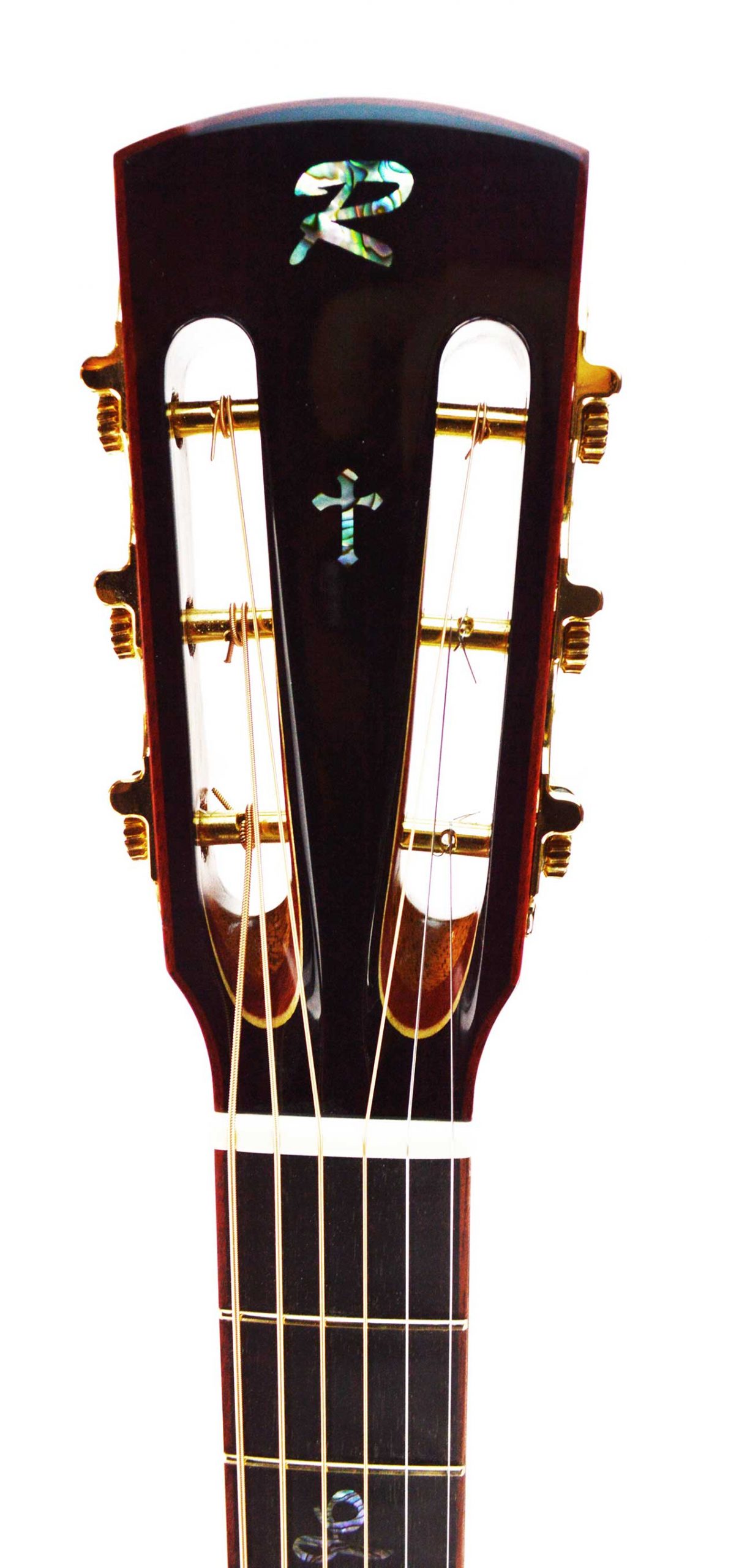
Luthier Tim Reede Interview
10) Where can we buy your instruments? Can we try them somewhere? Will you participate at some guitar shows?
I have worked with dealers, but they come and go. Most of my sales are direct to the customer because they want to customize some aspect of the design. Besides custom orders, I build some guitars for guitar shows. Since 2022 I have been to the Artisan Guitar Show in Pennsylvania, the Woodstock Luthiers Showcase in New York, the Rocky Mountain Archtop Festival in Colorado, and upcoming at the La Conner Guitar Show in Washington in May of this year.
I also have a website page of available instruments.
Here is the link: http://www.reedeguitars.com/Available.html
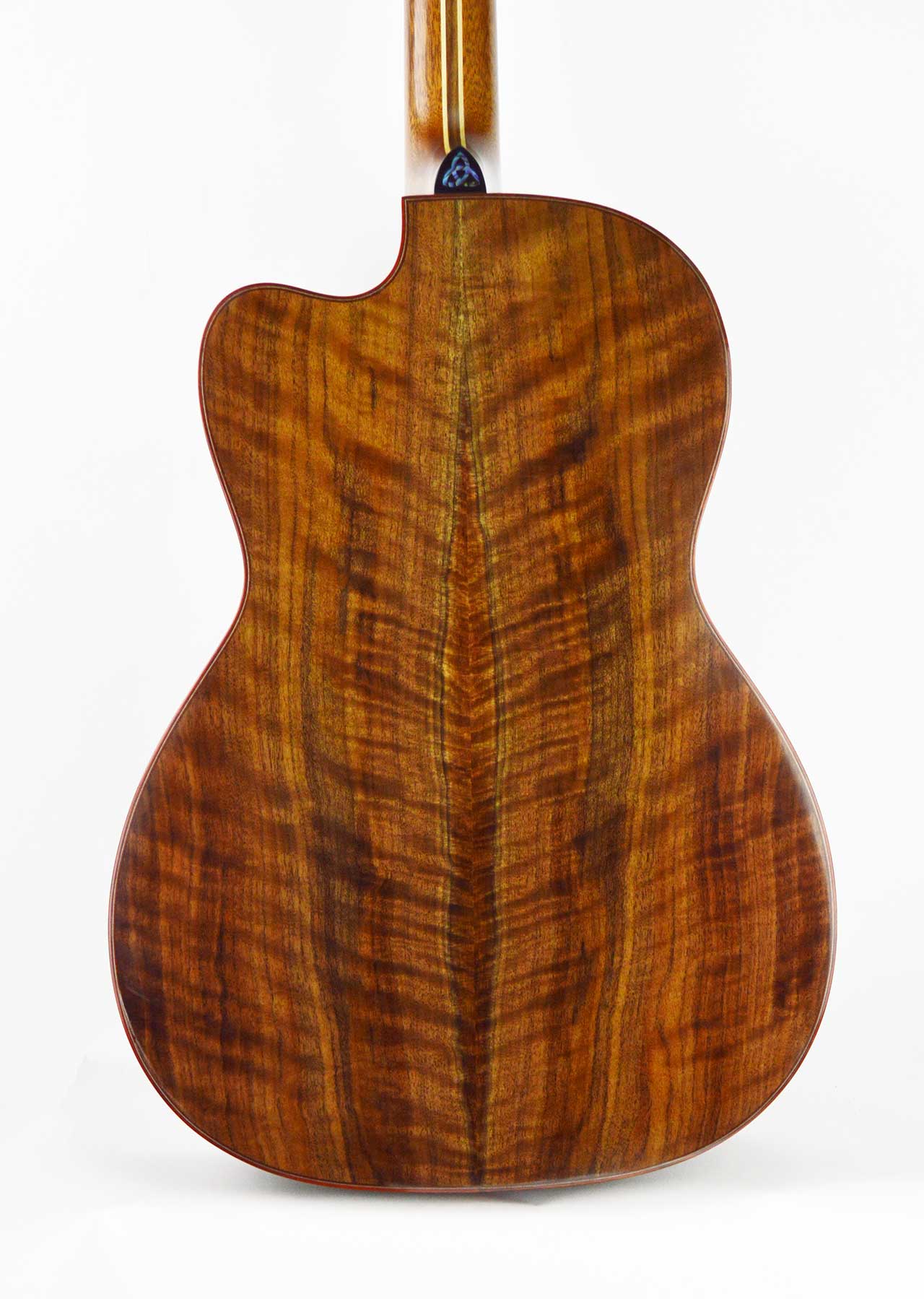
Luthier Tim Reede Interview
11) Many thanks again for your participation and support of Luthiers.com. Is there anything else you’d like to add to end this interview?
I am very happy to support Luthiers.com, you have opened new doors for me!
There are some significant milestones coming up for myself and for the school where I teach. This year marks thirty years for me as a professional woodworker, a luthier for twenty years, and a teacher at the Guitar Program for ten years. And, the Guitar Program celebrates it’s fiftieth year this year. It is the longest running luthier school in the United States. It was created in 1974. Watch for our new program branding and Tim Reede Guitars will have a completely new website coming very soon.
Thank you Christophe. We appreciate everything you do for us!
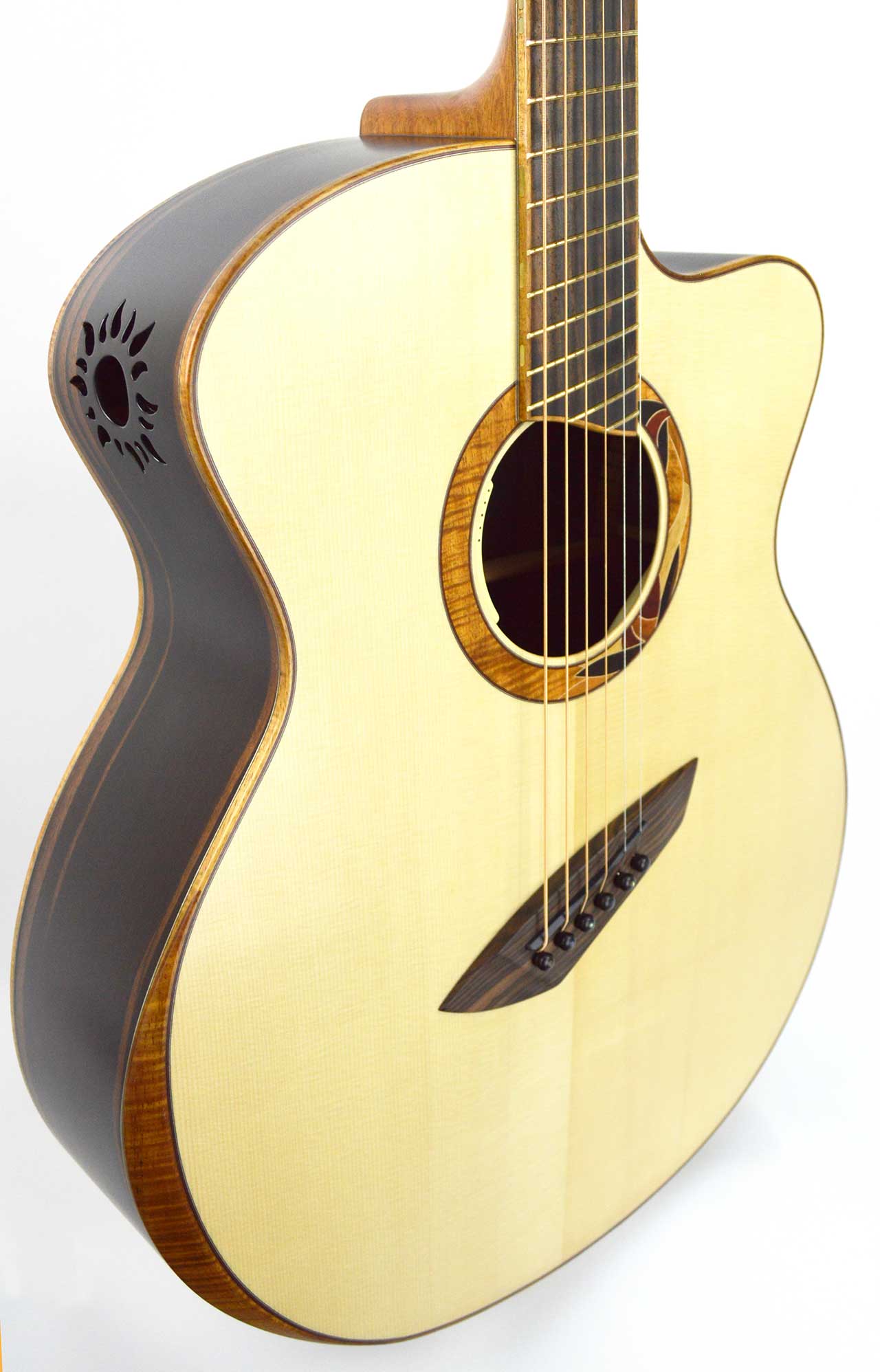
You can contact Tim Reede through the contact form
on his personal page on Luthiers.com here:
https://luthiers.com/listing/tim-reede-guitars/

We also invite you to follow him on his various social networks:
- Facebook: https://www.facebook.com/Tim-Reede-Guitars-105242812850602
- Instagram: https://www.instagram.com/1timreede/
- Pinterest: https://www.pinterest.fr/reedeguitars/tim-reede-custom-guitars/
- Youtube: https://www.youtube.com/user/reedeguitars/videos
- Website: http://www.reedeguitars.com
Luthier Tim Reede Interview for news in 2024
In the coming weeks, as for others luthiers for plucked string instruments, luthiers for bowed string instruments, amps & effects makers, wood & supplies dealers, lutherie events, jobs, schools & teachers subscribers on our site, you will be able to follow our series of mini-interviews dedicated to the fascinating world of luthiers.
See you soon…
#luthiers
Subscribe to the newsletter!
Subscribe to our newsletter to follow all our news and those of our luthiers.
If you are passionate about the world of luthiers, join us!